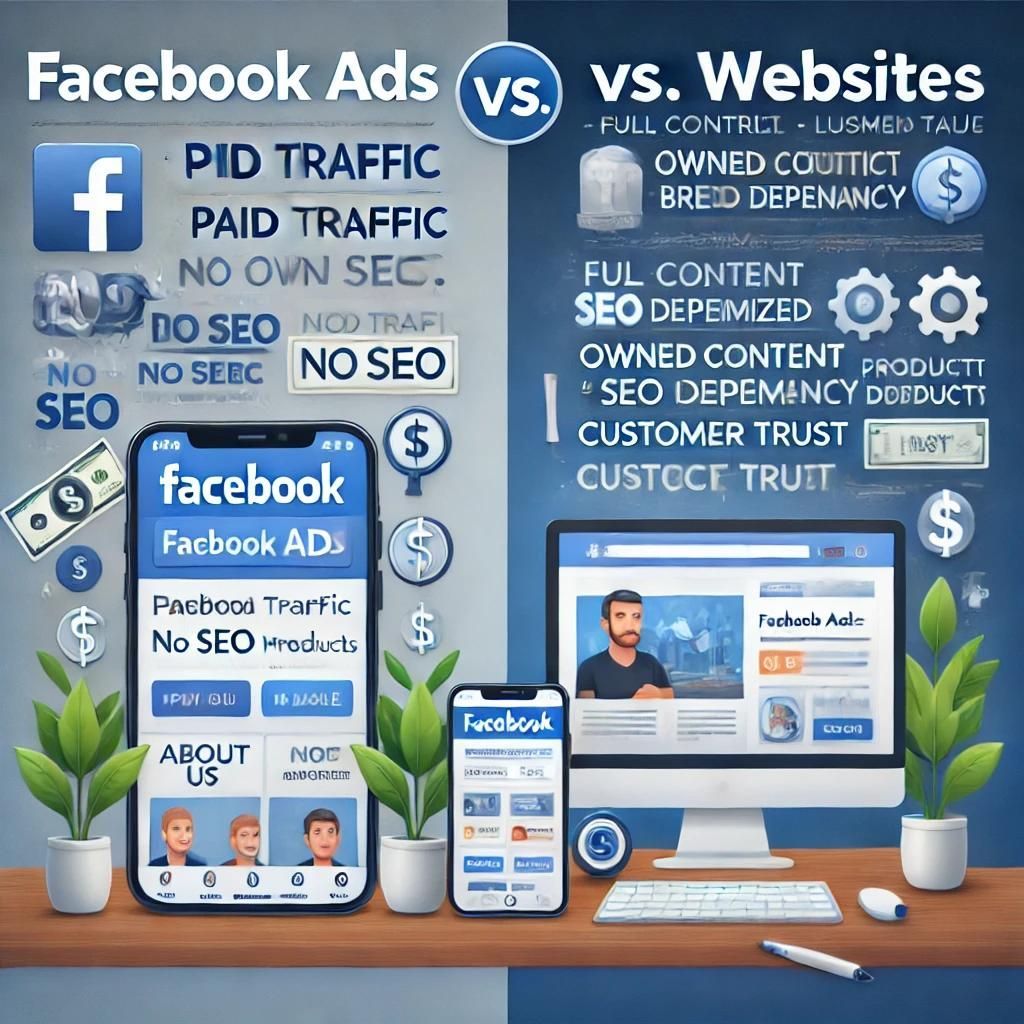Understanding CTR - Click Through Rate
What Exactly Is Click Through Rate?
Click-through rate (CTR) is a key metric in digital advertising and marketing. Here's a breakdown of what it means and why it's important:
Definition: CTR is the ratio of users who click on a specific link or advertisement to the number of total users who view a page, email, or advertisement. It's typically expressed as a percentage.
Calculation: CTR = (Number of Clicks / Number of Impressions) x 100
For example, if an ad receives 100 impressions (views) and 5 clicks, the CTR would be: (5 / 100) x 100 = 5%
Importance of CTR:
- Performance Indicator: It helps measure the effectiveness of your ad campaigns, emails, or other marketing efforts.
- Quality Score: In platforms like Google Ads, a higher CTR can improve your Quality Score, potentially leading to better ad positions and lower costs.
- User Engagement: It indicates how relevant or appealing your content is to your target audience.
- Optimization Tool: By comparing CTRs, you can test different ad copy, designs, or strategies to improve performance.
Typical CTR ranges:
- Google Search Ads: Average is about 2%, but it varies widely by industry
- Facebook Ads: Average is around 0.9%
- Email Marketing: Average is about 2.5%
It's important to note that while a high CTR is generally good, it should be considered alongside other metrics like conversion rate to get a full picture of campaign effectiveness.










